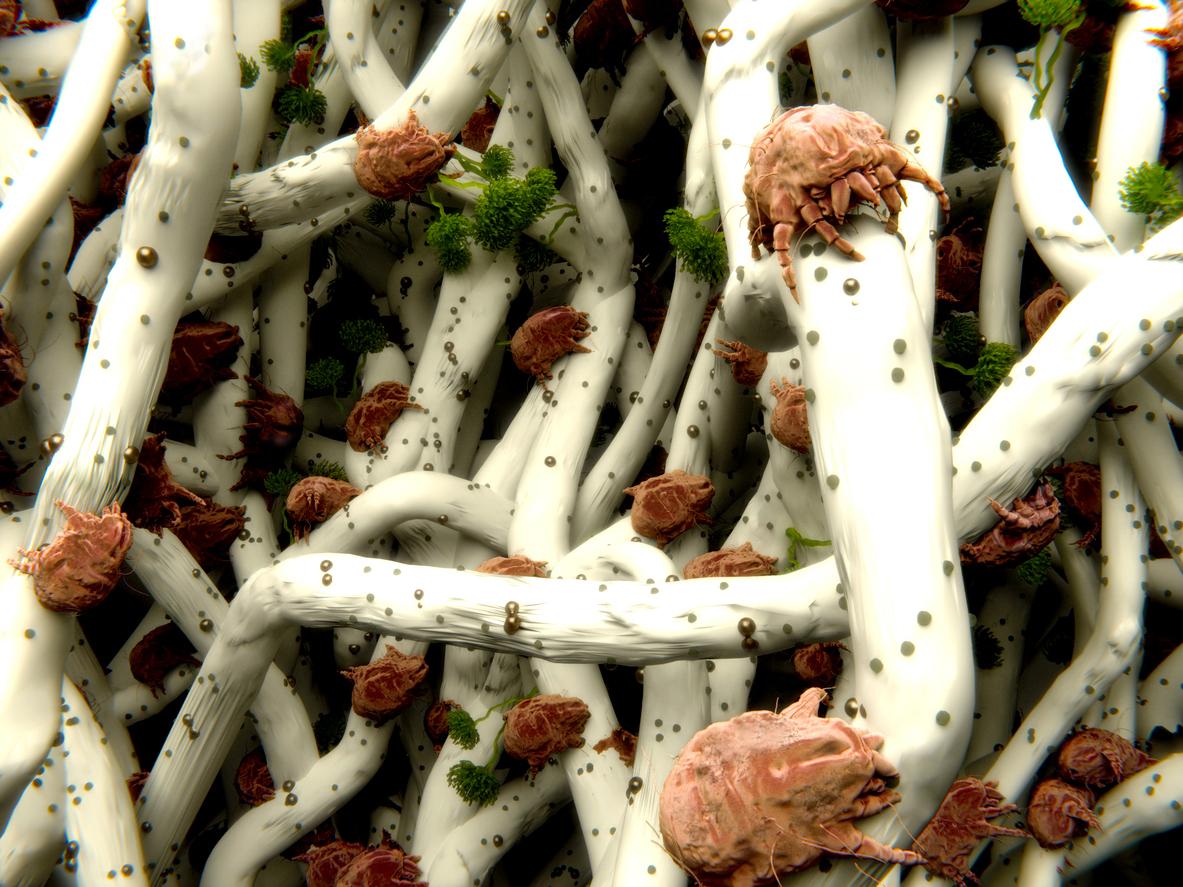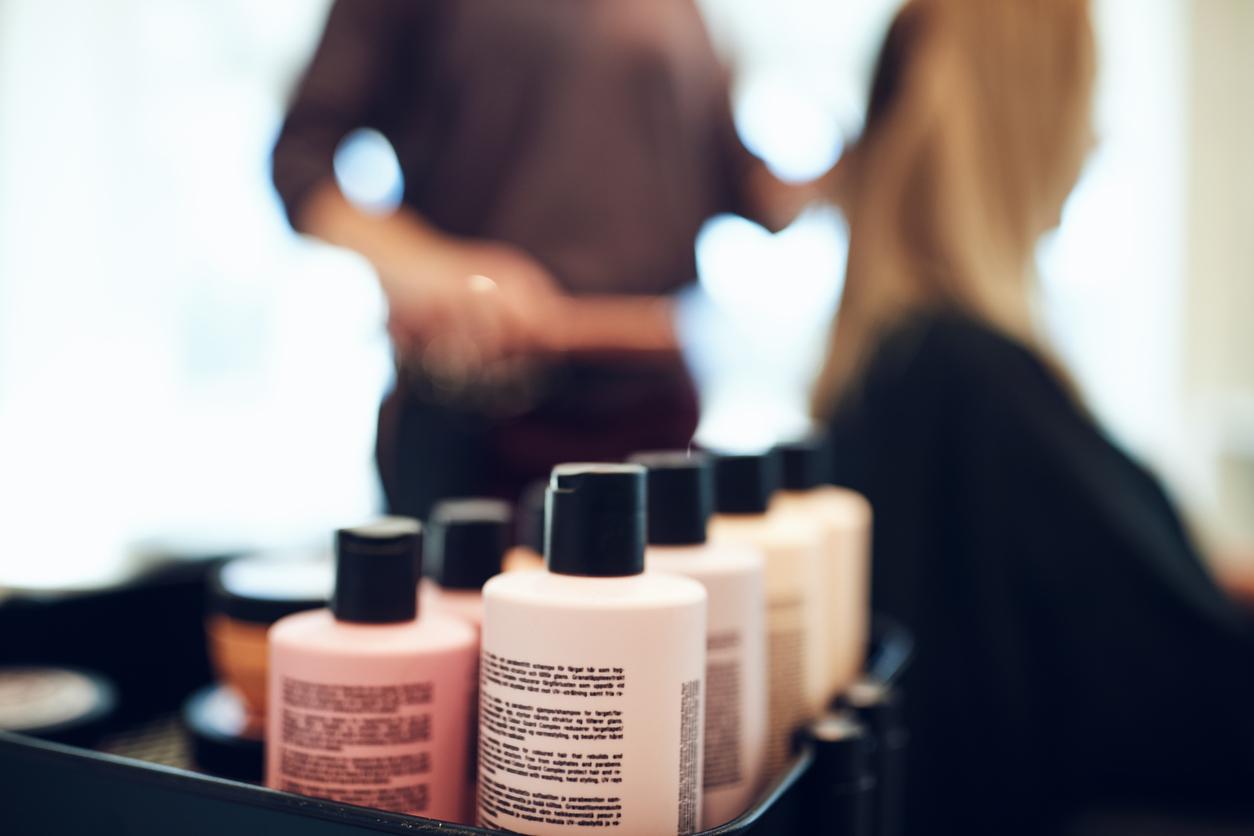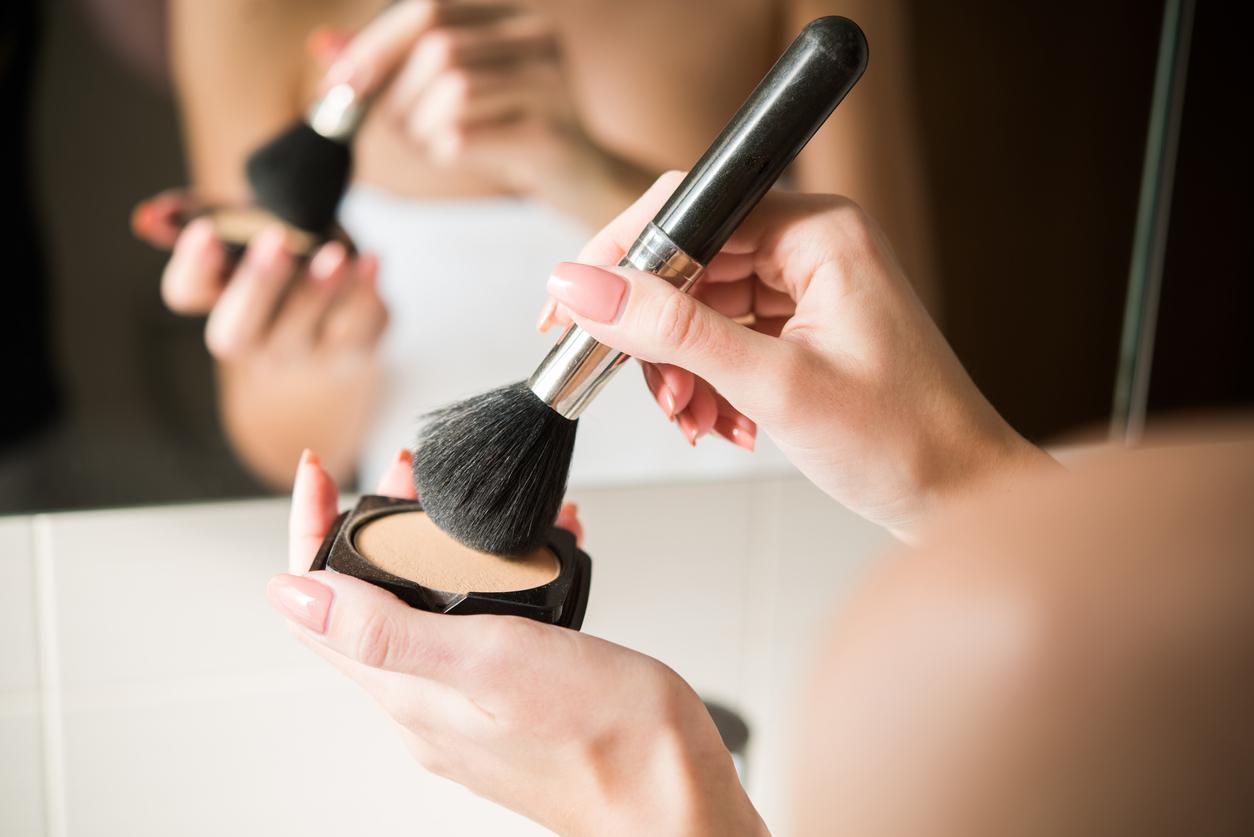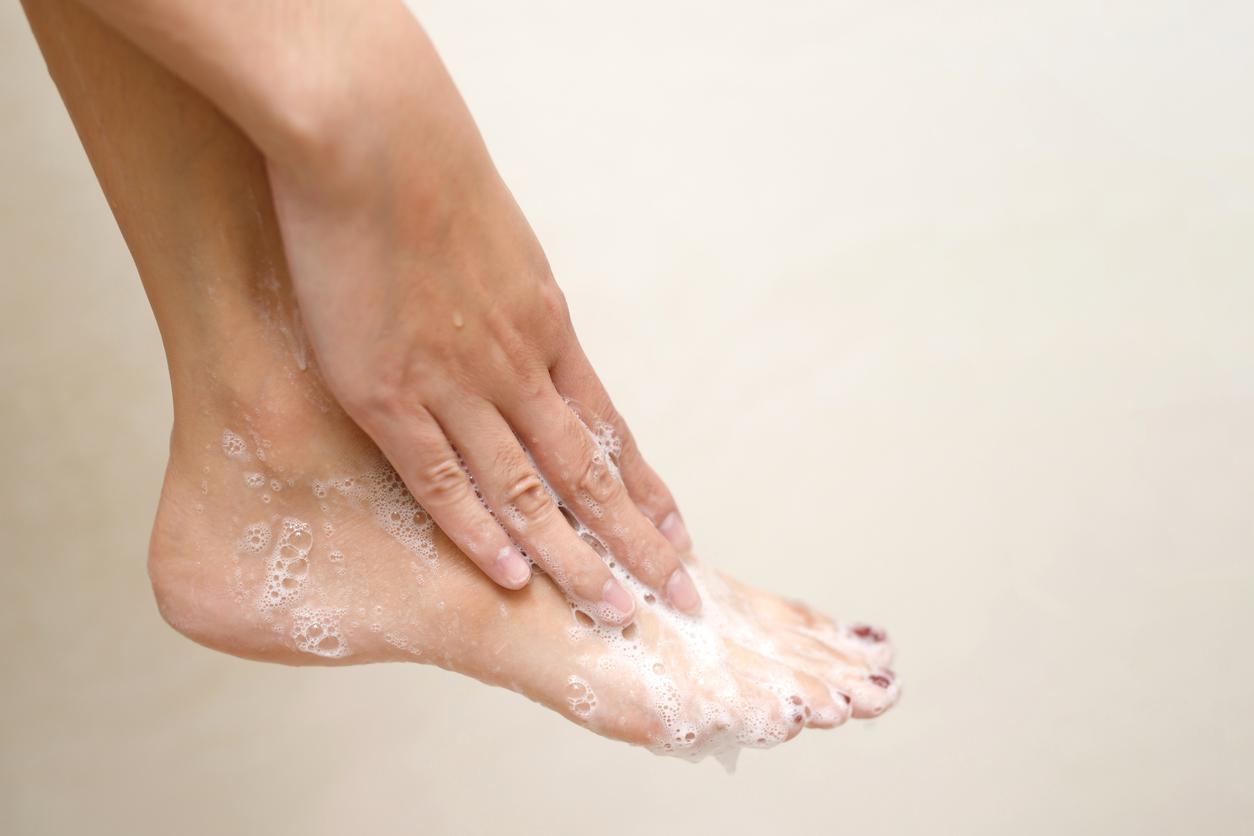Triclosan and triclocarban, present in common products, pose a threat to human health and the environment.

How can we make manufacturers understand that consumers tire of being intoxicated by the products they use on a daily basis – hygiene, cosmetics, textiles, and so many others? To force awareness, and especially action, 206 scientists from 19 countries signed the “Florence Declaration on Triclosan and Triclocarban”, published in the journal Environmental Health Perspectives. They call on the international community to limit the quantities of these two endocrine disruptors and to play the card of transparency on products that contain them.
The authors of this appeal directly question the supposed benefits of these two chemical substances, contained in soaps, toothpastes, but also make-up, shoes, sportswear … Triclosan and triclocarban have indeed been used for decades for their antimicrobial properties, but the risks far outweigh the benefits, according to these scientists who evoke a “marketing stunt”.
Fashionable
The substances persist in the environment, land, water, flora and fauna of the planet. They disrupt the hormonal and reproductive systems of animals and are believed to be just as toxic to humans. It is found in the breast milk of women in all countries of the world.
And for good reason: triclosan was THE product in industrial fashion in the second part of the 20th century. But over the years, knowledge has accumulated on its deleterious effects, its toxicity on the fetuses, its propensity to induce lower birth weights, premature births, skull cases with reduced circumference. Triclosan is also believed to be linked to allergies and worsening asthma, especially in children.
Regulatory deficiencies
In Europe, in 2014 the Commission restricted the levels of triclosan, limited to 0.3% in toothpastes, hand soaps, shower gels, deodorants, face powders and foundations, and at 0.2% for mouthwashes.
Insufficient, according to the signatories of the call, which demand from States much more ambitious measures, as well as transparent information represented by a label on products containing triclosan and triclocarban, clearly indicating the risks.
.















